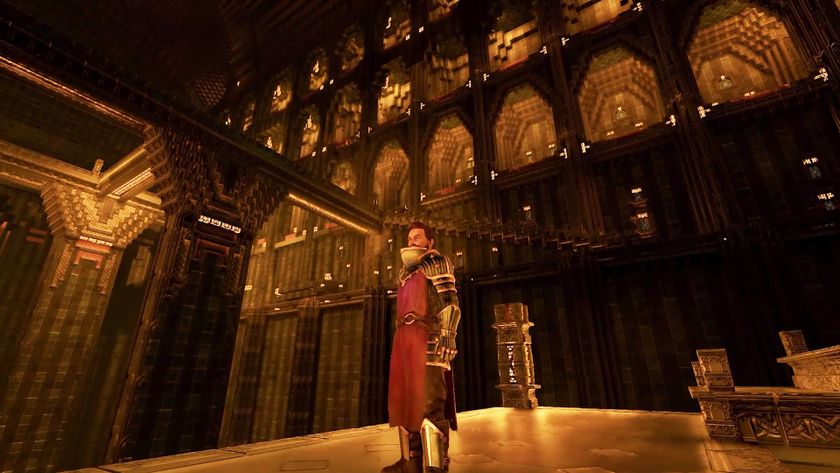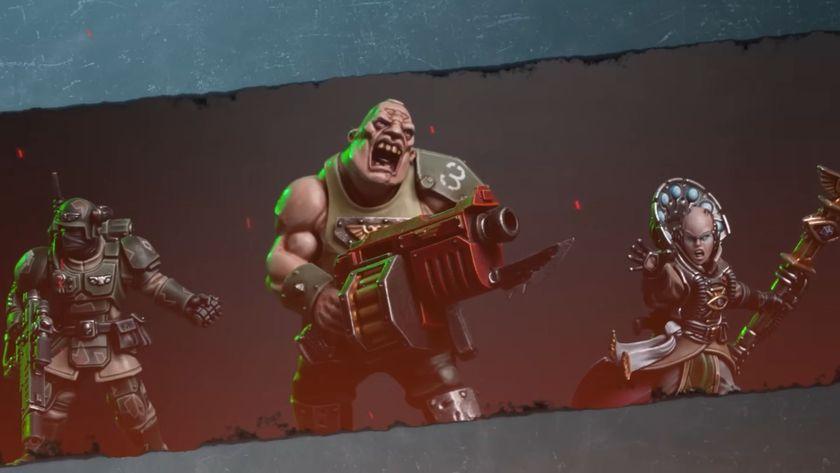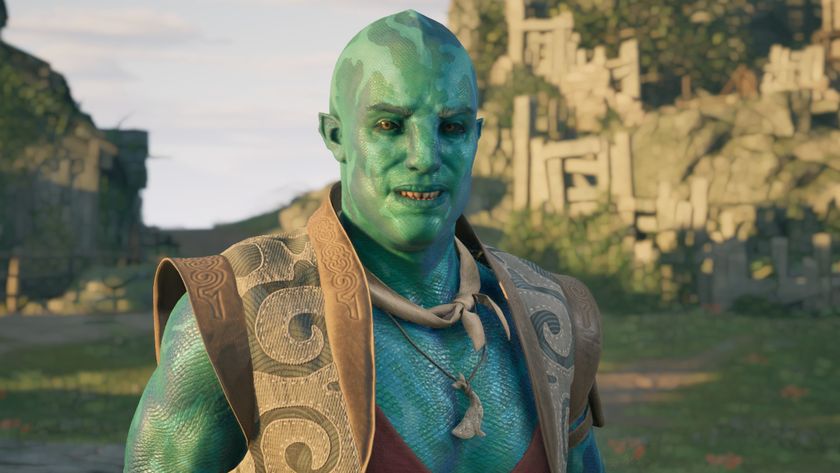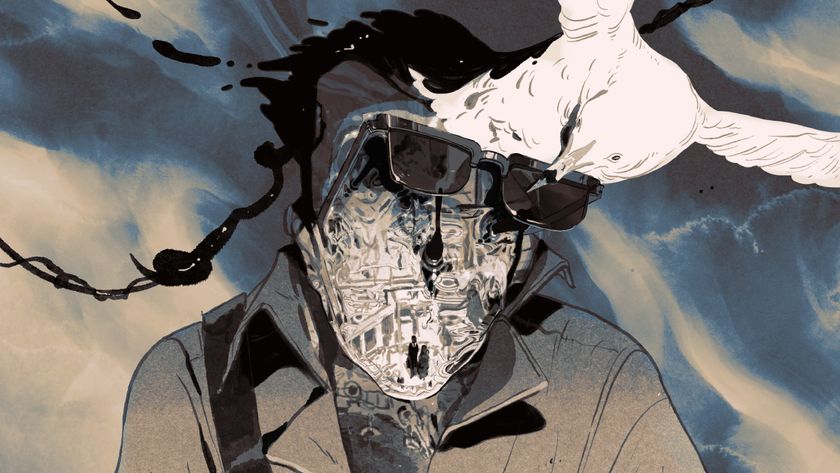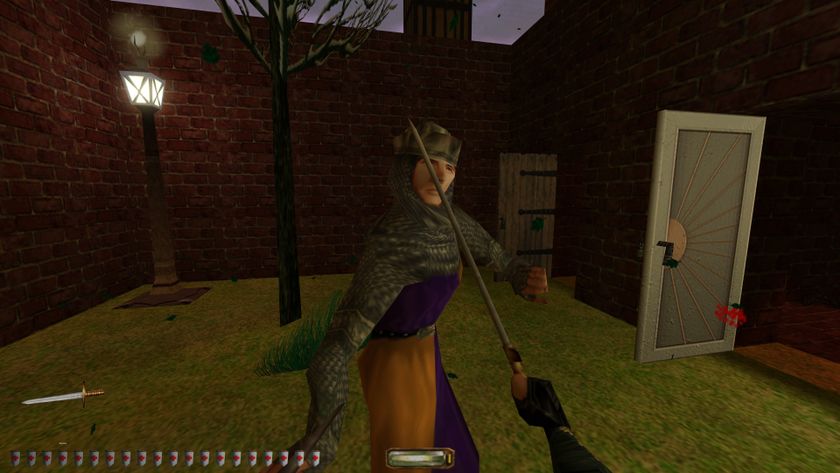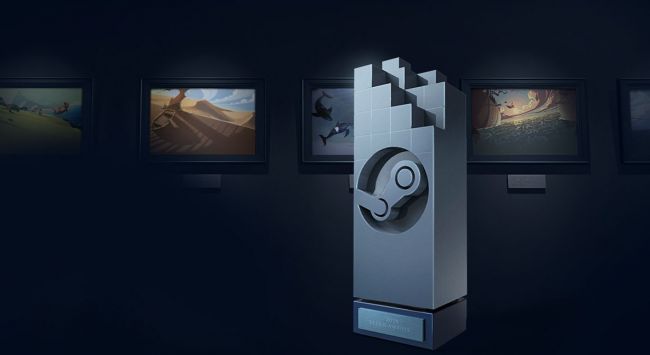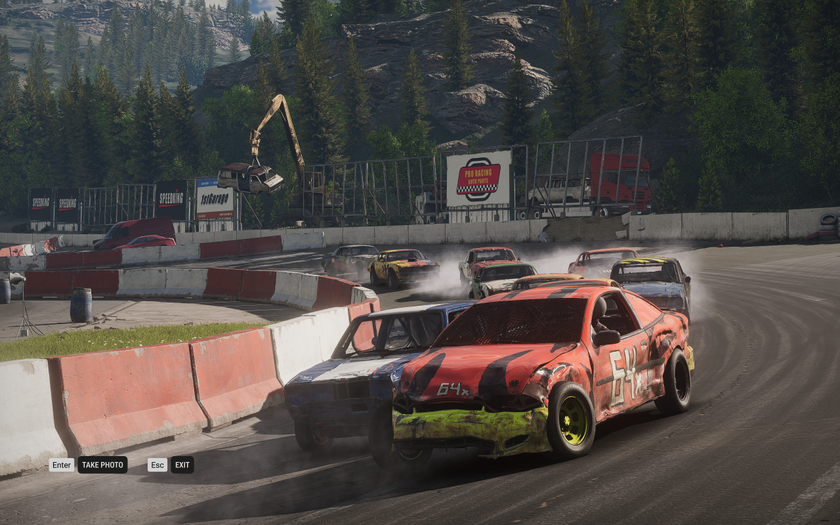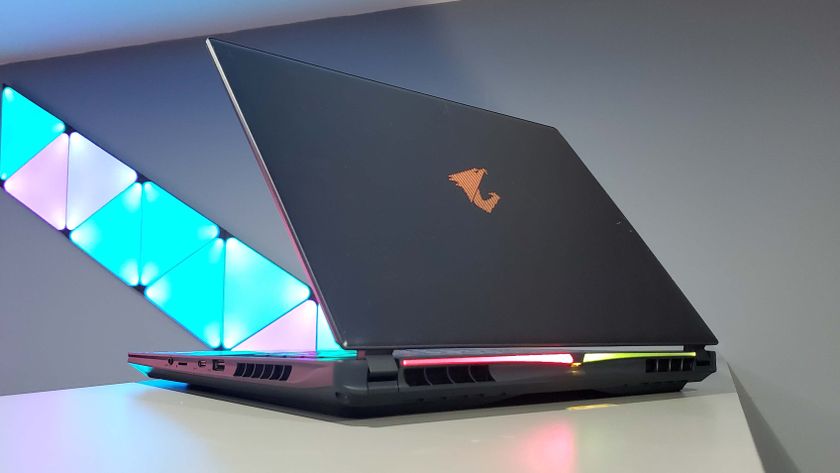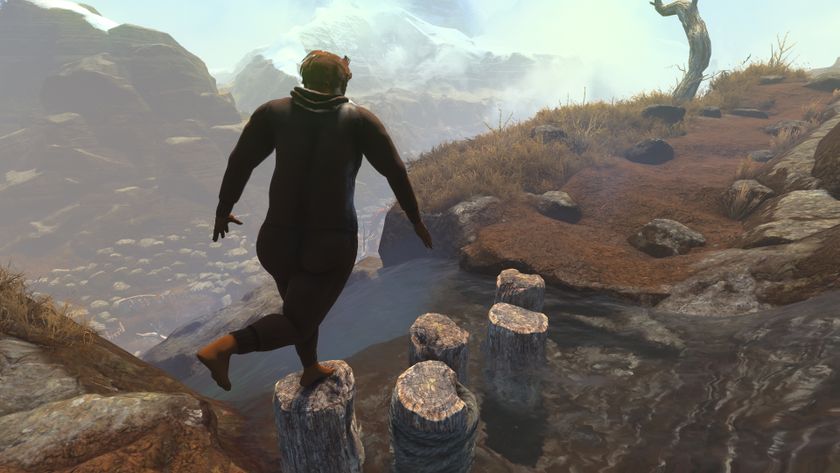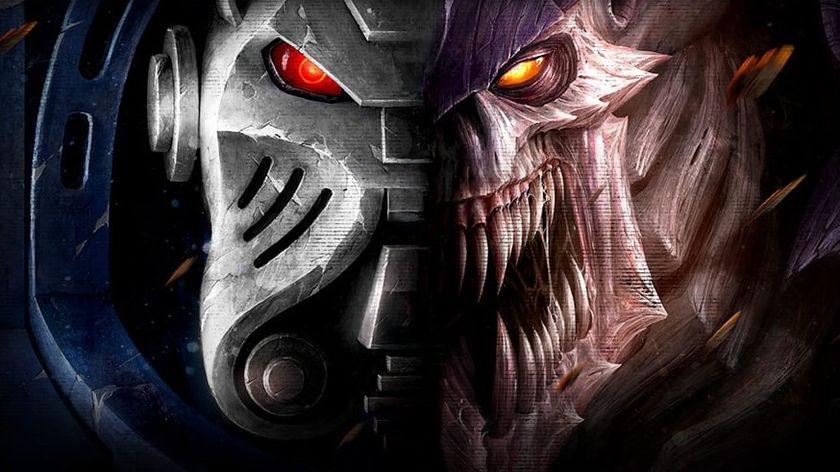Soma hands-on: submerged scares in Frictional's sci-fi horror
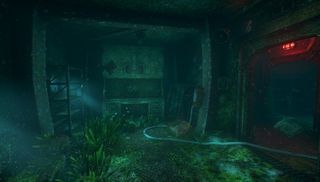
There's a big reveal in Soma that only became big by accident: Frictional Games' long-in-the-making horror follow-up to Amnesia is set underwater.
Initially some pockets of people (not us) thought it was set on a spaceship due to the abundance of grimy Giger-influenced corridors, which seemed to imply something Alienesque. Instead, I've been walking across the ocean floor, following red lights in the dark and cowering at horrendous noises echoing through the waters. At no point was I in outer space.
So your first thought is BioShock, right? Soma's definitely not that. Horror is tonally dominant here, and the parts I played were entirely focused on exploration and puzzle elements. Like Amnesia, then, but with a greater emphasis on poking around. Of the various BioShocks, the second in the series comes closest, given your ability to wander around on the seabed, but the grim art direction of Soma sets it apart.
It's worth explaining at this point that Frictional made me play their game in the dark in the hotel room where the demo was being staged, while they went next door. Part of me hoped they'd jump out at me dressed as a fish (they didn't).

What I played of their game is better described as tense, rather than scary. The two sections of the demo were taken from entirely different parts of the game, which was made fairly obvious by the abrupt change in setting. The first was set in an abandoned manufacturing facility, a mostly puzzle-driven area where I had to power-up a switch in a control room to open up a larger chamber. The only background information I'd been given on the story was that the protagonist I was playing, Simon, was lost, and trying to work out where he was. OK then. A later task required me to look for a fuse in a maintenance room by moving objects around until I found it – a task I initially failed by walking into water with an electrical current.
There was nothing too tricky in the game I played, however, and it was pretty much in line with Amnesia in terms of interface and moving objects around. The setting, however, was impressively detailed. This looks like a big-budget game, its production values no doubt helped by Amnesia's colossal success and Frictional's third iteration of their HPL Engine.
The Giger influence is mostly seen in the organic-looking electronic design, where cables coming out of power generators look more like tentacles protruding from a hive, crawling over the walls. The cable-ends even have little claws that twitch. The murky screenshots Frictional provided don't really show off how successful they've been in building a sci-fi horror setting with its own visual language.
The biggest gaming news, reviews and hardware deals
Keep up to date with the most important stories and the best deals, as picked by the PC Gamer team.
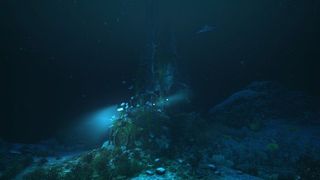
The underwater sections must have been the biggest challenge in terms of environmental design. When the demo cut to Simon standing on the ocean floor, with limited vision of what lay ahead, Soma started to feel like something new.
The dark green colour palette, the momentary image of sea life hovering overhead, and the vague outline of structures in the distance all made the unknown feel pretty exciting.
It's an environment that enables Frictional to experiment with new ways of scaring you, aided by an ambient soundtrack and the constant noise of Simon's breathing apparatus, pretty much an essential horror device post-Dead Space.
The seabed setting isn't massive, but was still big enough that I managed to get lost. One of my favourite images of the demo was the giant sunken submarine I found embedded on the ocean floor, signifying that I'd reached the edge of the map. If I hadn't foolishly ignored the flashing red lights that show you where to go, I would've missed this admirably lavish detail.
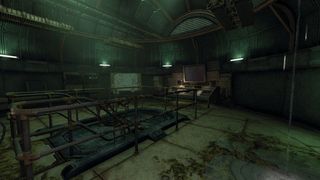
Following the red lights in the right direction next time, I encountered two abandoned underwater structures along the way. I also heard a couple of horrendous screams, about 30 seconds apart – another of Soma's subtle indicators you're heading in the right direction.
My last task in the demo was to find a cutting tool, in order to slice through the thick cable wrapped around a metal door and impeding my progress. Searching for this device took me through a lot of samey-looking corridors until I eventually found it in a small office. The inventory is contextual, so the cutter only appeared in front of me when I returned to the metal door to cut through the blockage.
In the last few seconds of the demo, a robotic creature shrieked and made a run at me. With only this encounter to go on, and the one before that where the creature killed me, it's too soon to say how dealing with enemies will work in Soma.
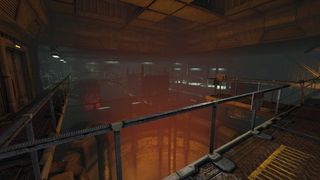
We're still a year out from release, but during my hour with the demo, I felt that this chunk of Soma was already better paced than Amnesia. Its puzzles were taxing without being too obtrusive. I think this is the optimum structure for Frictional, leaning more towards exploration and discovery. I hope that the sequence I played isn't the only time we're allowed underwater either, since this was by far the most interesting part of what I played.
Soma's voice-acting risks undermining its atmosphere. Throughout the demo, audiotapes activated by clicking on dead bodies and other scenery filled-in the story, but they were overcooked, let down by recordings that I'm hoping are temporary or unfinished. Soma was far more effective when it let me piece together its story without people talking over it. While the audiovisual design is so credible, the cast drag this into B-movie territory.
This first look at Soma demonstrates how Frictional's world-building has escalated since Amnesia. I'm intrigued to explore the other corners of this new environment, and spend some time in the company of its enemies to see how the developers are handling that side of the game. As far as subject matter goes, Soma is a strong move for Frictional, and one that could help them innovate the way they present horror.


